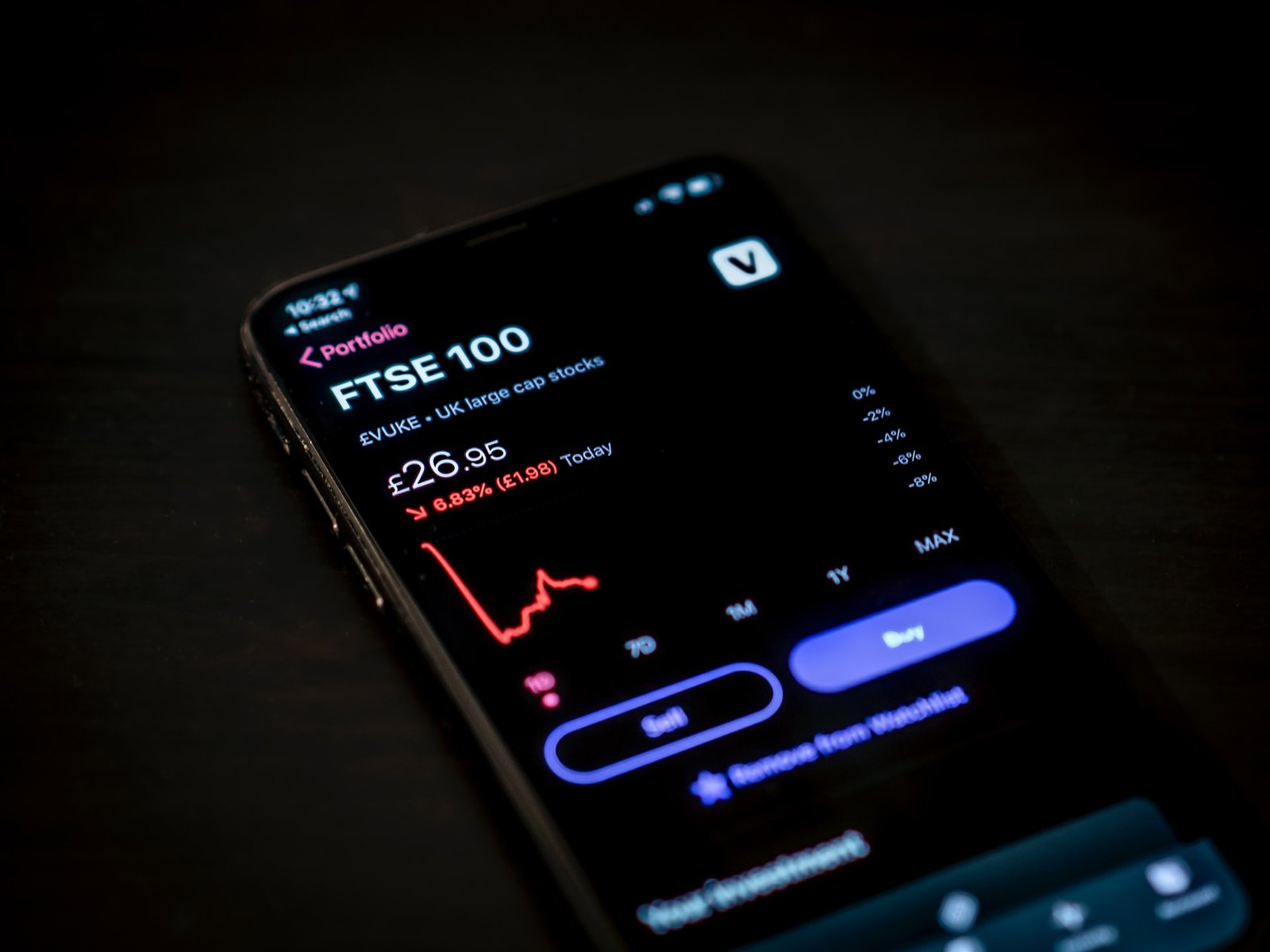US braces for terrible GDP report, rise in jobless claims
US data reports Thursday are set to confirm the coronavirus pandemic caused a historic plunge in GDP as well as a worryingly high number of new unemployment filings.
Analysts forecast the economic crash in the second quarter was 35 percent annualized, while new claims for jobless benefits in the week ended July 25 will remain in the 1.4 million range as the COVID-19 continues to hammer businesses.
The data will underscore how the US failure to contain the virus has wrecked the world’s largest economy.
Despite a promising rebound in June, July has seen a resurgence of cases across the country with several new one-day records, causing some states to roll back the reopening measures that benefitted sectors like retail and travel.
“Several high-frequency indicators… support our estimate of a material slowing in the pace of recovery beginning in July, as households and businesses curtail activity in response to a resurgence of new COVID-19 infections,” IHS Markit said in an analysis.
Dependent on virus
Economists warn the situation will not get better until COVID-19 is stopped, and the Federal Reserve’s rate-setting committee said Wednesday, “The path of the economy will depend significantly on the course of the virus.”
Another concern weighing on the outlook is the lack of agreement in Congress on another relief measure to follow-up on the $2.2 trillion CARES Act passed in March.
The aid for businesses and the supplementary unemployment benefits for individuals, which expires Friday, have been credited with buoying consumer spending and saving jobs.
Without weighing in directly on the negotiations in Congress, Fed Chair Jerome Powell said Wednesday the recovery will depend on how much support the government provides, while warning the rise in virus cases is weighing on the economy.
The sharp decline in second-quarter GDP is expected, yet it will be historic nonetheless.
IHS Markit senior economist Ben Herzon said if the Commerce Department GDP data shows the economy contracting as much as predicted, it would be the steepest one-quarter decline since 1947.
And it would be far worse than the 8.4 percent contraction in the fourth quarter of 2008, the worst point of the global financial crisis.
“Implicit in the dramatic second-quarter decline in GDP is the beginning of recovery, as a huge decline in monthly GDP in April is partially reversed by increases over May and June,” Herzon said.
Eroding jobs gains
Perhaps more worrying is the Labor Department jobless claims data for the week ended July 25 set to be released simultaneously with the GDP estimate on Thursday.
First time unemployment claims peaked in late March amid nationwide business shutdowns to stop the virus, and though they have been declining ever since, they remain much higher than those seen at the peak of the global financial crisis.
In the most recent data, initial claims rose 109,000 in the week ended July 18 to nearly 1.42 million, with an additional 974,999 filed under a program for people who would not normally be eligible.
The insured unemployment rate for people receiving benefits dropped 0.7 points to 11.1 percent, but Gorilla Trades strategist Ken Berman said he remains worried about the elevated level.
“The number of continuing claims is the more worrisome data point, as it could mean that the more layoffs will be permanent than analysts predicted,” he said in an analysis.
That could push the national unemployment rate up in July – and keep it high. (AFP)



